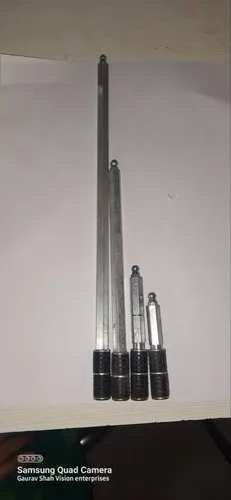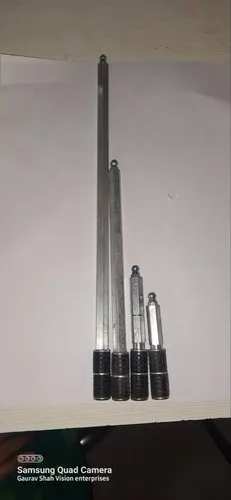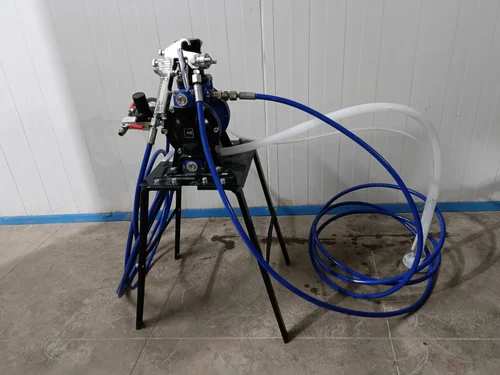Capacity: 1-2 ton Size: standard Brand: VE Color: grey Material: ss Customisation: Not Customised Epoxy grout packers are your trusty allies in the battle against cracks and leaks in concrete structures. These specialized tools ensure precise and efficient injection of epoxy grout, restoring strength and integrity to your valuable assets. Here's a deep dive into the world of epoxy grout packers: Function: Similar to PU packers, they act as secure entry points for injecting epoxy grout under pressure. Create a tight seal within the crack to prevent leaks and ensure complete filling. Withstand the pressure exerted during epoxy injection, which can be substantial. Types: Single-port: Simplest design with a single opening for grout injection. Multi-port: Feature multiple outlets for wider distribution or targeting specific areas within the crack. Check-valve: Prevent grout backflow, ideal for horizontal or overhead applications. Removable/Re-usable: Can be extracted after injection and reused for multiple projects. Disposable: Convenient for single-use, reducing potential contamination and cleanup time. Materials: Stainless steel: Most durable and corrosion-resistant option, preferred for high-pressure injections and demanding environments. Nylon/Polypropylene: Lighter and more affordable, suitable for smaller cracks and lower pressure applications. High-grade plastic: Some manufacturers offer specialized plastic packers designed for optimal compatibility with specific epoxy formulations. Key Features: Size variations: Available in various diameters to fit different crack widths. Connection types: Threaded or glued connections for secure attachment to injection hoses or pumps. Pressure ratings: Choose packers that can withstand the anticipated pressure of your chosen epoxy. Ease of installation: Quick and simple installation saves time and effort on the job site. Applications: Crack repair: Filling and sealing cracks in concrete walls, floors, foundations, and other structures. Strengthening: Injecting epoxy grout to enhance the load-bearing capacity of concrete elements. Waterproofing: Sealing leaks and preventing water infiltration through cracks. Bonding: Joining concrete elements together with high-strength epoxy grout. Chemical resistance: Filling cracks in structures exposed to aggressive chemicals.



